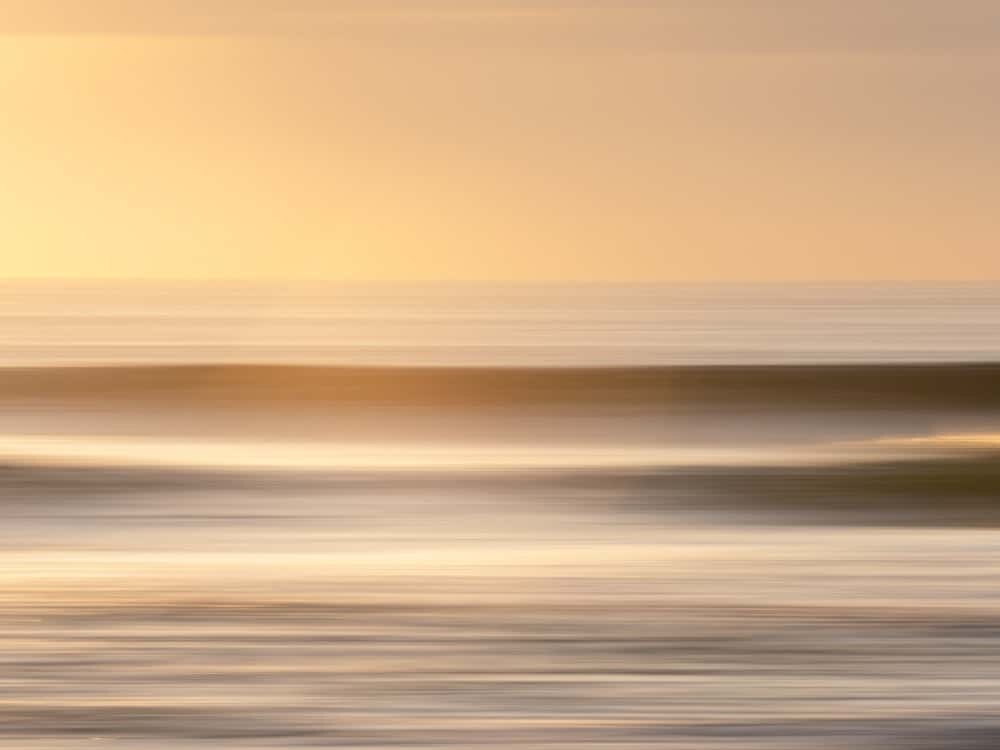
How to Photograph Sunrise – Sunrise Photography Tips
Photographing the warm glow of a sunrise is perhaps the most relaxing scene to capture…or is that because I’m usually still half asleep at the time? Asleep or not, as the sun hovers below the horizon then slowly peeks above, revealing more and more of the landscape with increased light, it’s pretty damn wonderful and sunrise photography can quickly become your new favourite thing!
Knowing the right sunrise photography settings is essential to capturing the sunlight as it progressively changes, enabling you to operate effectively despite the early rise.
Sunrise photography is about being in the right place at the right time, too late and you’ll miss the colours. You need to also research which direction the sun rises in your location, if you’re after that beautiful burst of sunshine check which way faces east and try to find a location where you can compose a number of shots before and after the sun appears.
Beaches and coastal locations are a popular choice for sunrise mainly because you can work with both the water and sunlight, two elements that blend together beautifully. If you’re not near the coast, head for somewhere with a clear opening to the east so you can benefit from the early tones in the sky before the sun rises.
Below I’ve noted the best settings for sunrise photography, tips on scouting locations and composition advice.
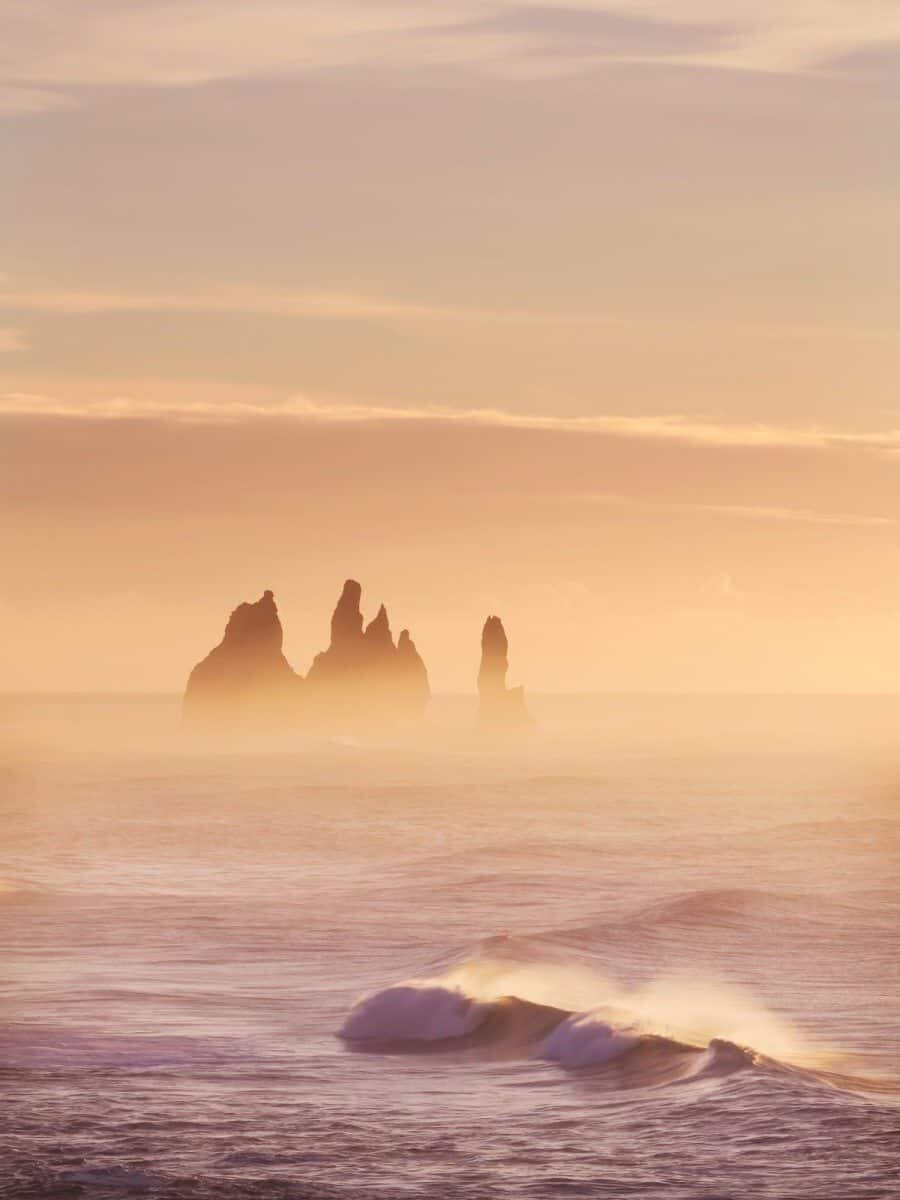
Settings: ISO 64, Shutter Speed 1/30sec, F/22, White Balance Cloudy. Shot handheld with my Olympus OM-D E-M1 MarkII at 120mm.
Sunrise Photography Tips: Planning the Location
As I mentioned above, research places in your area that will face east or facilitate a good horizon. Keep an eye on the weather and time of year as the sunrise time is constantly changing! Aim to be at the location at least 30minutes ahead of the sunrise as it’s during this time that some real magic can happen.
Websites like Accuweather (my addiction!) will tell you exactly what time sunrise is for your location along with hour by hour forecasts so you’ll know whether to expect clouds or a straight clear sky.
There are also a number of handy dandy apps available like Photo Pills that will allow you to pop in your location and it will show you the direction to position yourself for sunrise!
Read more – ‘Weather Forecasting for Landscape Photographers‘
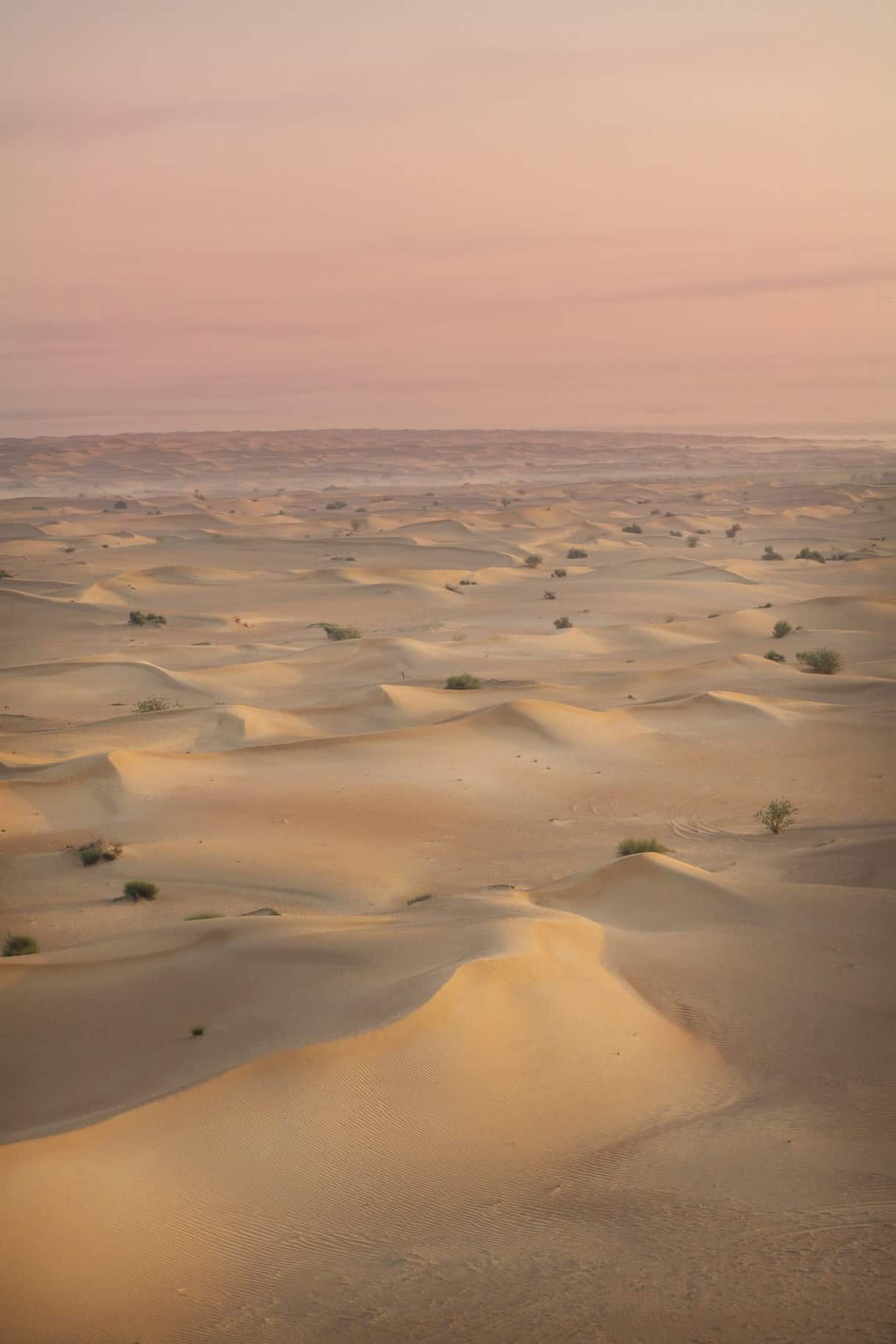
Sunrise Photography Tips: What Gear You Need
When it comes to sunrise photography, I like the less is more approach because no one likes to lug a huge bag of gear around at 5 or 6am. Keep it simple and know what you want to capture.
Typically I’ll take my Olympus OM-D E-M1 Mark II with a wide angle lens like the 7-14mm for landscapes and then my 40-150mm zoom for capturing more detailed shots and patterns once the sun has risen. Or read my review on the new Olympus E-M1X that has incredible features like a live ND Filter, ideal for sunrise photography!
Having a lens that shoots nice and fast will enable you to capture shots with less noise during the early hours. Both of my lenses are f/2.8 meaning I can open the shutter nice and wide to capture the movement even when there’s really low light conditions.
Since the light will be low it will also help to have a tripod handy. If you don’t want to carry one (some days it’s just not fun), you can either shoot hand held and increase your ISO slightly or rest your camera on a bench, rock, building…basically whatever you can find. I’m all for making photography fun and sometimes leaving the tripod at home forces you to search for new ways to compose your image based on what’s available to rest your camera on.
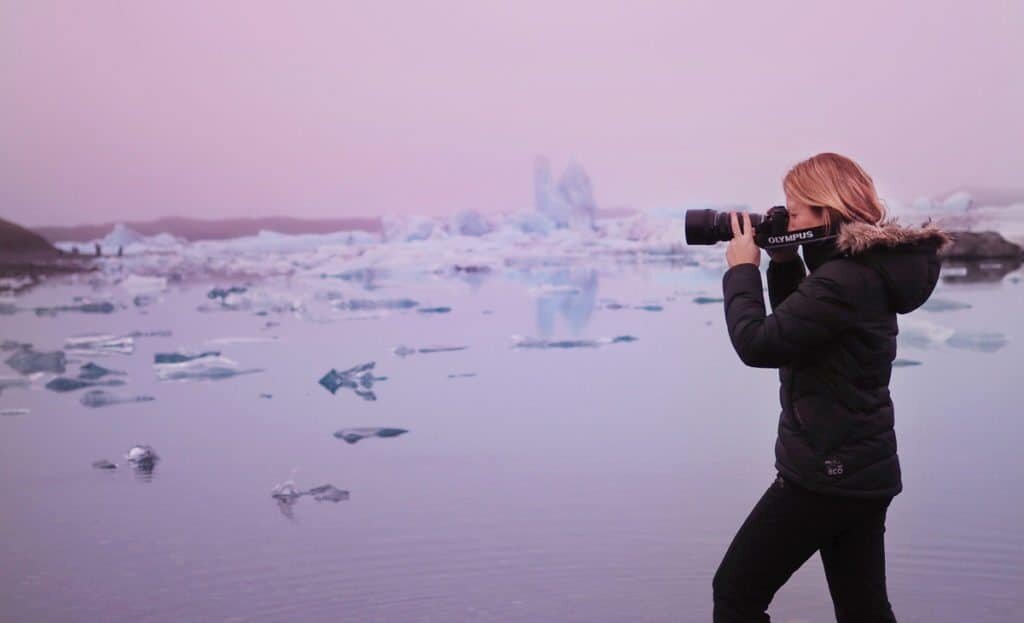
Sunrise Photography Settings:
Shooting sunrise is the same as shooting in low light conditions. Before the sun rises above the horizon you’ll need adjust your camera settings to balance your ISO, Shutter Speed and Aperture allowing enough light into your image yet also not too much that your shots end up blurry.
Below are some camera settings for sunrise photography to get started, as always take a test shot and then adjust as necessary.
Camera Settings for Sunrise Photography –
30 minutes before Sunrise – ISO 400, Shutter Speed 10-20 seconds (for long exposures) or 1/400sec – 1/2000sec if you’re after a quick shot, Aperture f/2.8, white balance Shaded or Cloudy
Sunrise – ISO 100, Shutter Speed 1/2-5seconds depending on the outcome you’re looking for, Aperture f/14 (to enable sun stars) or f/6 if you’re going for a fast shot. Keep the white balance off auto and use either Shaded or Cloudy to bring out the warm tones.
Post Sunrise – ISO 100 (or as low as your camera will go), Shutter Speed 1/15 – 1/200sec, Aperture f/11 for clarity or f/2.8 if you’re shooting details and want the beautiful bokeh blur in the light.
*The above settings are to be used as a starting point only, play around with your settings to achieve the results you’re aiming for based on what light conditions appear while you’re photographing.
Sunrise photography tip – If you’re looking to keep the entire scene in focus, then find the sweet spot on your lens, usually around f/6-f/10. I love shooting with f/2.8 for a little blur but if clarity from front to back and side to side is what you’re after, change your aperture around until you find the sharpness you’re looking for.
Read more – ‘Setting the Scene’, photo tips for aerial, underwater, snow, long exposure, star trails and more…
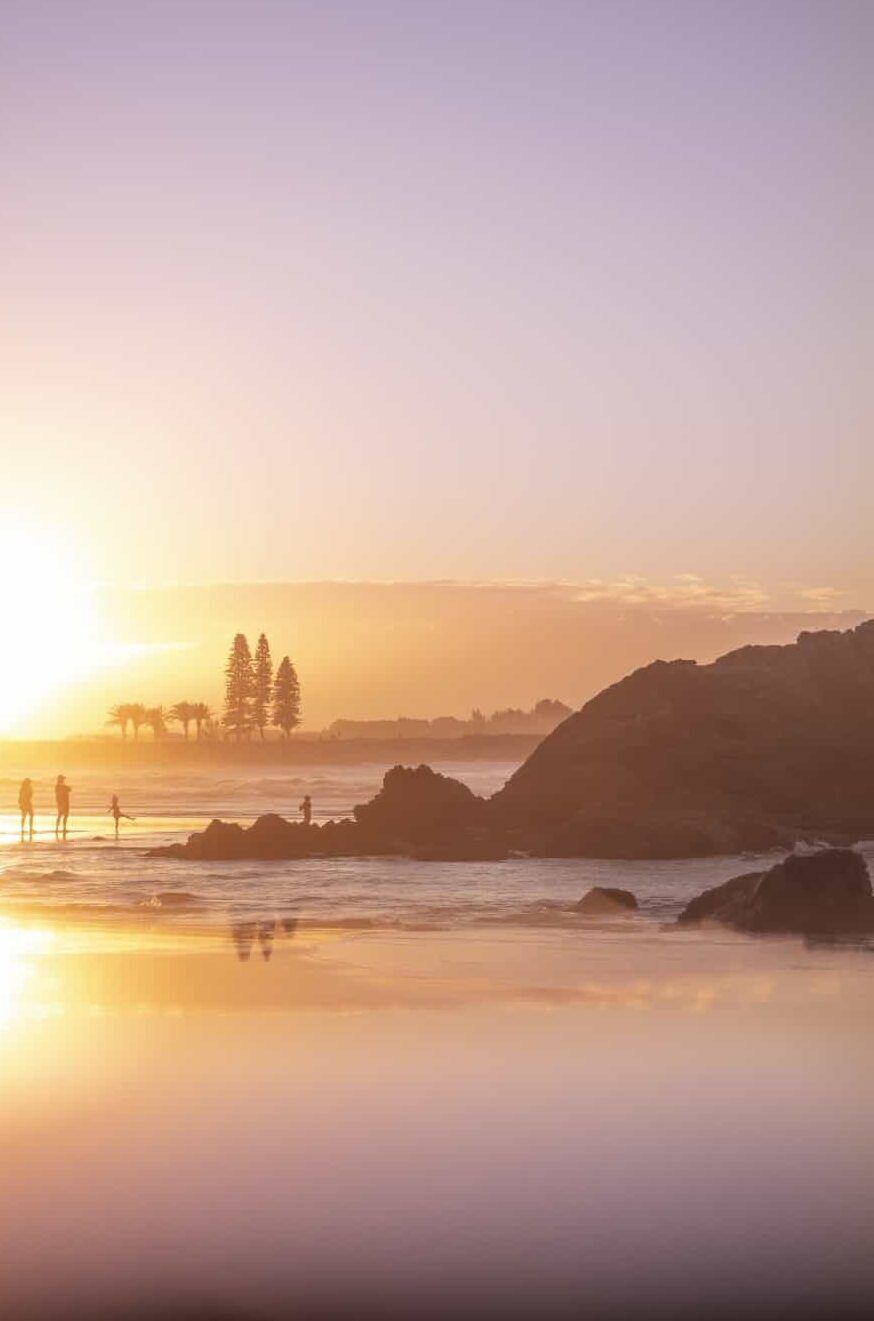
Sunrise Photography Ideas: Composing The Scene
From my point of view, composition is everything. Creating a shot with impact is all a result of composition and thinking about how to frame your image to enhance its perspective. Having some sunrise photography ideas in mind before you arrive at your destination will help you work quickly when the sun is rising.
If you’re at the beach, look for lines, streams running into the ocean, breaking waves, headlands, anything that you can use to compose with the sunrise. Sometimes simply pointing in the direction of sunrise is enough if it’s producing firey skies but usually you’ll need to find an element to add to your image as an interesting feature.
For wide-angle landscapes, you’ll notice the sun will appear very small and distant in your image. This isn’t a bad thing if your composition is creative and showcases the landscape in the foreground. In natural environments keep a look out for feature rocks and trees that you can create your image around.
Alternatively, you can shoot with a zoom lens and increase the size of the sun simply by zooming into the horizon. Again though, watch for subjects to compose within your image.
Keep in mind the rule of thirds, it’s a great planning resource to have in the back of your mind when composing your shot. Rather than focusing the horizon in the center of your image, place it in the bottom third and allow the top two thirds to be made up of the colourful sky.
Related Reading –
5 Tips for Photographing Sunrise
Want to learn with The Wandering Lens? Online self-study courses – Discover your potential as a photographer!
Are you craving a creative career, struggling to know where to start as a travel photographer and need a little guidance?
These creative courses have been written for you and bring together over 17+years of experience and lessons from working in the industry. I want to see others share their talents and get published, sell prints, find clients – to have the confidence to achieve whatever it is you want to within the field of photography.
My three comprehensive photography courses are now available for self-study enrolments and upon signing up, I’ll be in touch with instant access to get you set up and logged into the learning portal! You’ll receive access to every workbook within the course program and can work your way through in whichever order you chose.
Which of the following sounds like you most?
#1 You want to find work as a freelance travel photographer? The Freelance Travel Photographer Course is open for enrolments! Learn more here.
#2 You need a creative boost and want to transform your photography? Start with The 3-Week Composition Reset and work through composition and creative challenges.
#3 You’re keen to start a business selling prints? The Print Store Launch Pad will guide you through the entire process from curation and logistics to marketing + sales.
Take a peek at the course options below, if you’d like to discuss which one will suit you, send me an email via hello@thewanderinglens.com and we can chat!’
BRAND NEW EBOOK – ‘Working with Natural Light‘. Secure your copy and learn about using natural light to capture beautiful images, learn about various types of light, how to work with colour palettes and the best settings for various conditions.
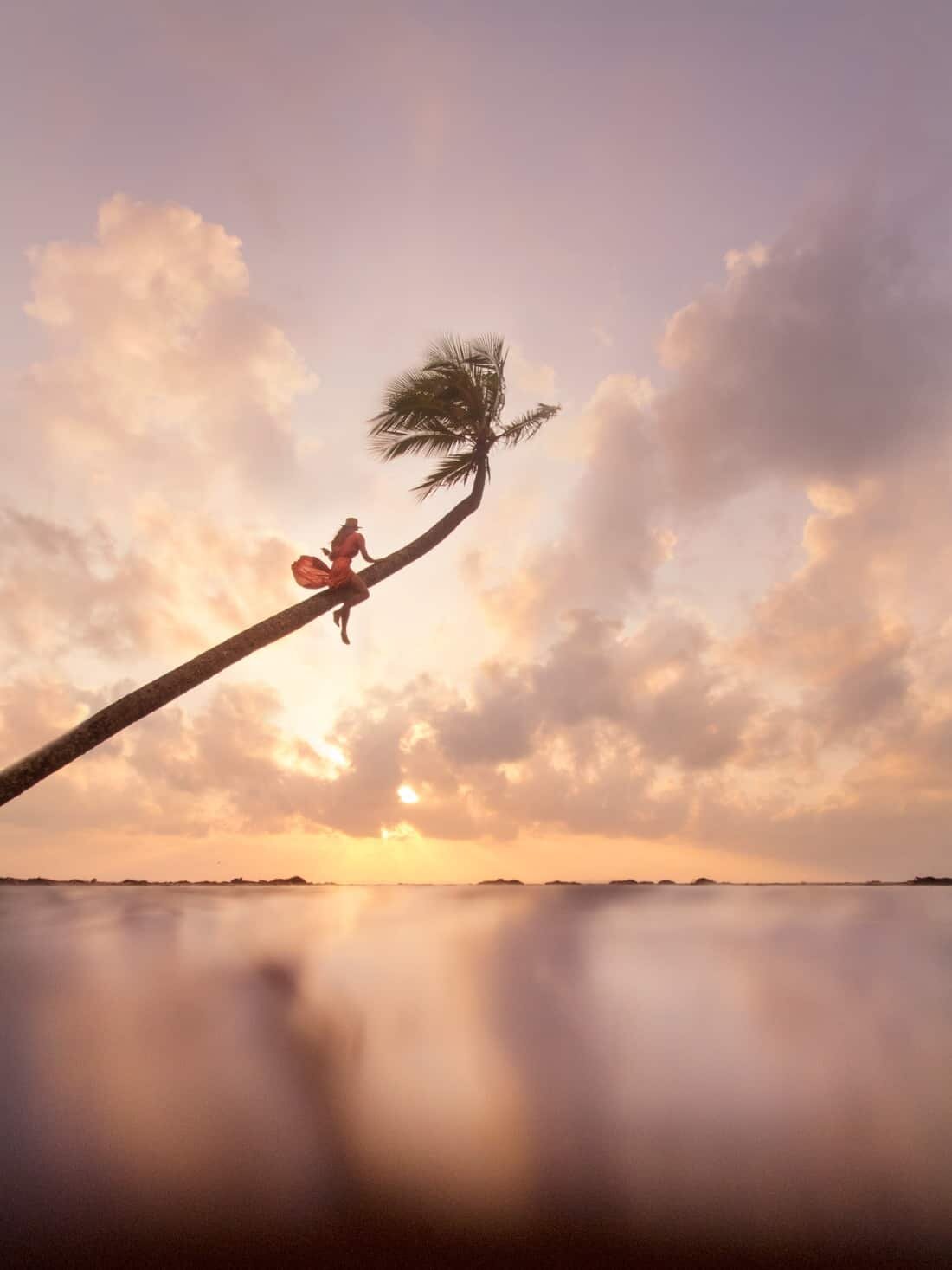
One Last Sunrise Photography Tip:
Don’t forget to look behind! It’s easy to get carried away watching the sun rising before you but sometimes there’s more magic happening in the opposite direction. Capturing the anti-sunrise can produce gorgeous pastel pinks and purple colours that you won’t get facing the sun.
If you’ve got a great sunrise shot feel free to leave a link to your portfolio in the comments below or share on Instagram using the hashtag #thewanderinglens and tagging @the_wanderinglens
Below are some sample photos and the settings I used to capture them with –
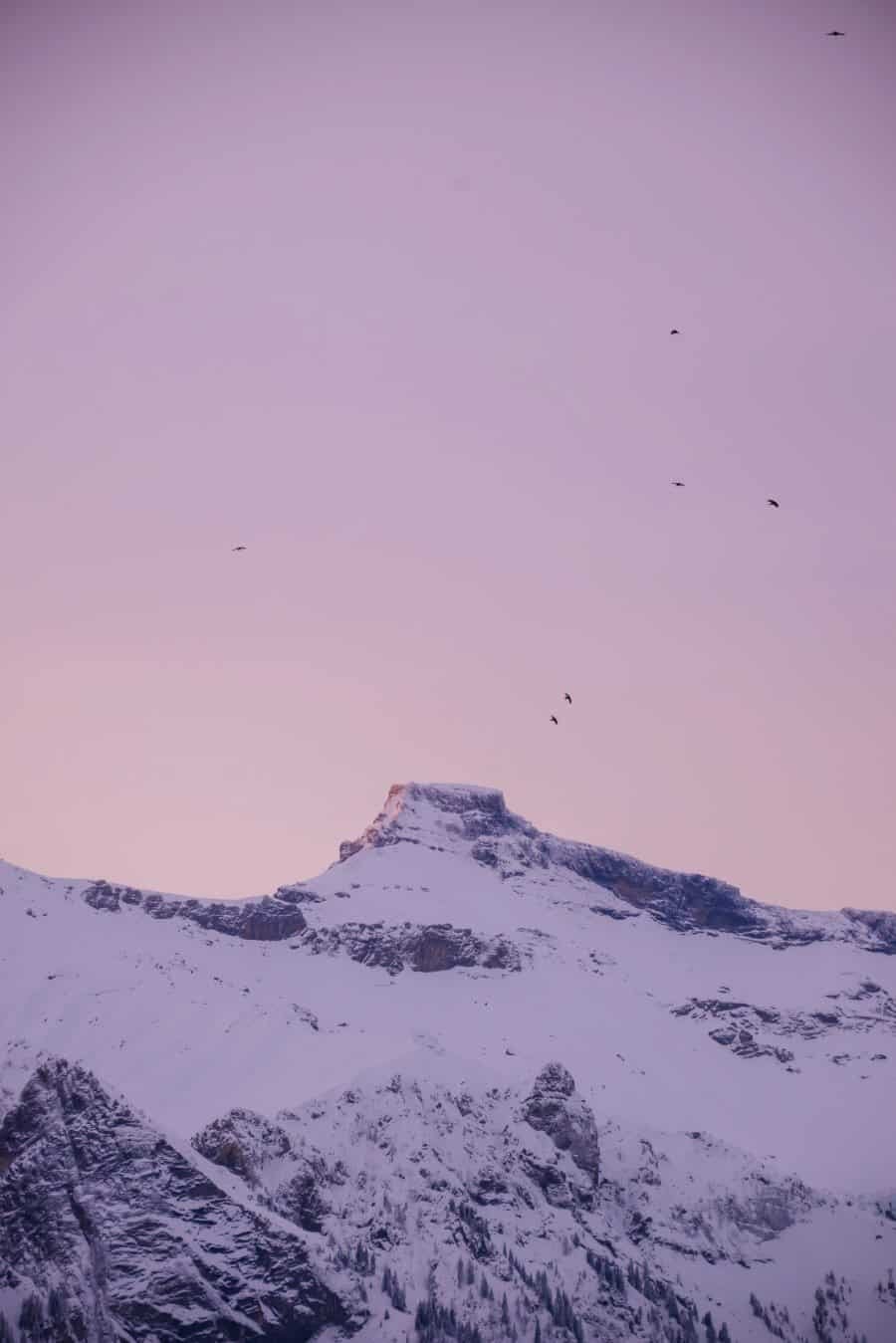
Settings: ISO 640, Shutter Speed 1/200sec, F/5.6, White Balance Cloudy. Shot handheld with my Olympus OM-D E-M10 Mark II at 135mm.
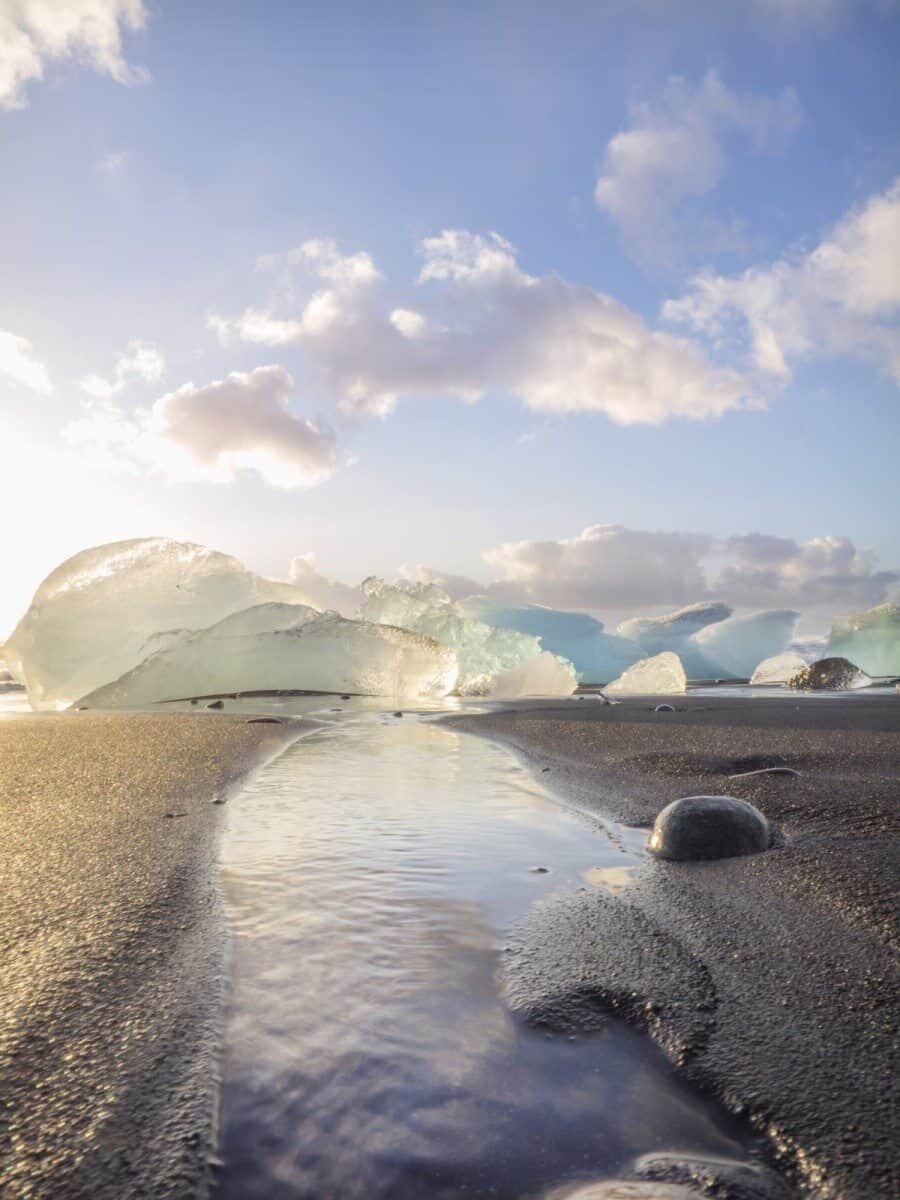
Settings: ISO 64, Shutter Speed 1/18sec, F/18, White Balance Cloudy. Shot handheld with my Olympus OM-D E-M1 MarkII at 12mm.
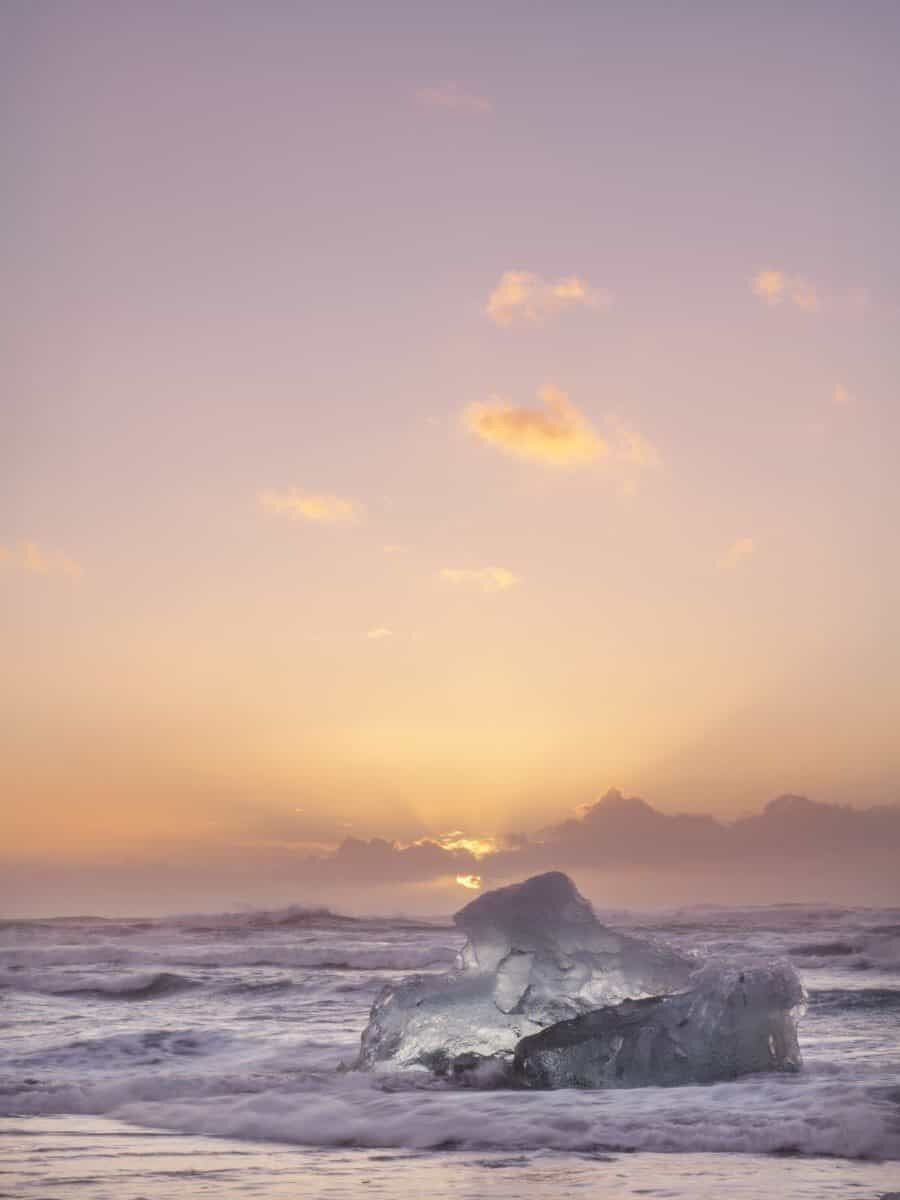
Settings: ISO 64, Shutter Speed 1/10sec, F/22, White Balance Cloudy. Shot handheld with my Olympus OM-D E-M1 Mark II at 40mm.
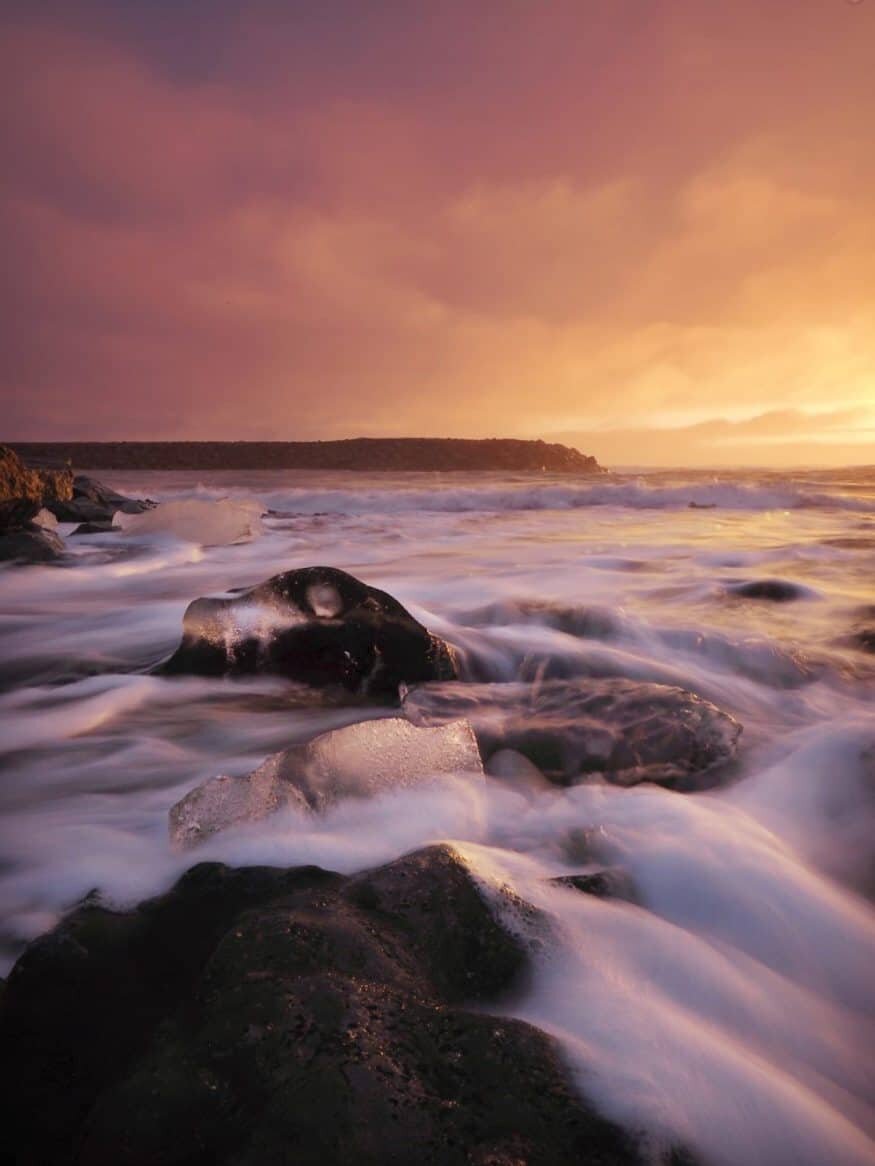
Settings: ISO 64, Shutter Speed 1/2sec, F/22, White Balance Cloudy. Shot handheld with my Olympus OM-D E-M1 Mark II at 14mm.
Continue down the rabbit hole of photography articles…
– Creative Composition for Travel Photography
– How to Become a Professional Travel Photographer
– How to Stand Out as a Photographer Today
– Setting the Scene: Golden Hour Photography Tips
Or, take a peek at the Photo Tips Archive here.
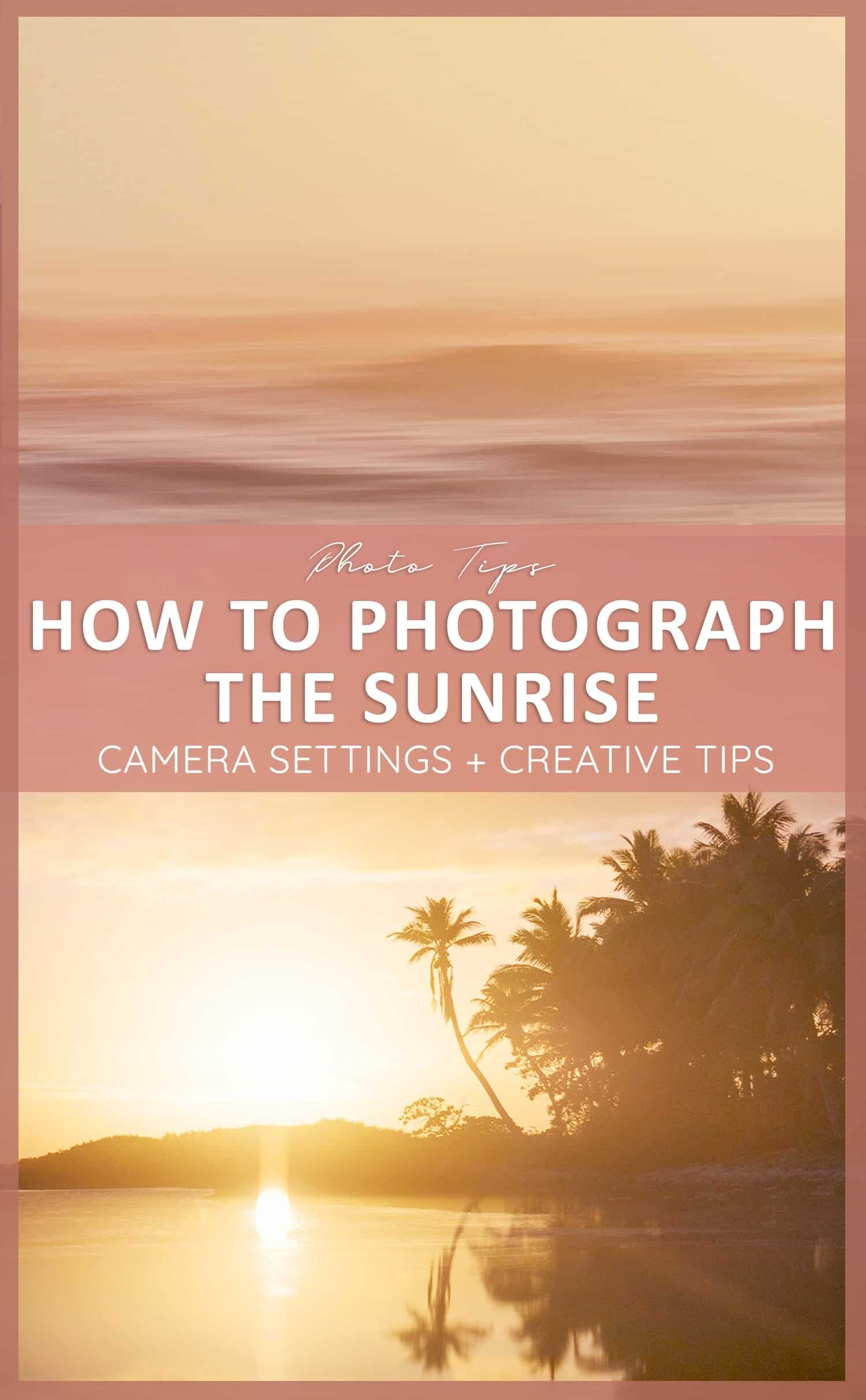

Hello! I’m the founder and photographer behind The Wandering Lens.
With 19+yrs experience as a professional travel and landscape photographer, all advice found on this site is from my personal experience, or that of contributors, on the road. I hope it’s useful for your own travels and would love to hear in the comments about your trips and experiences around the world.


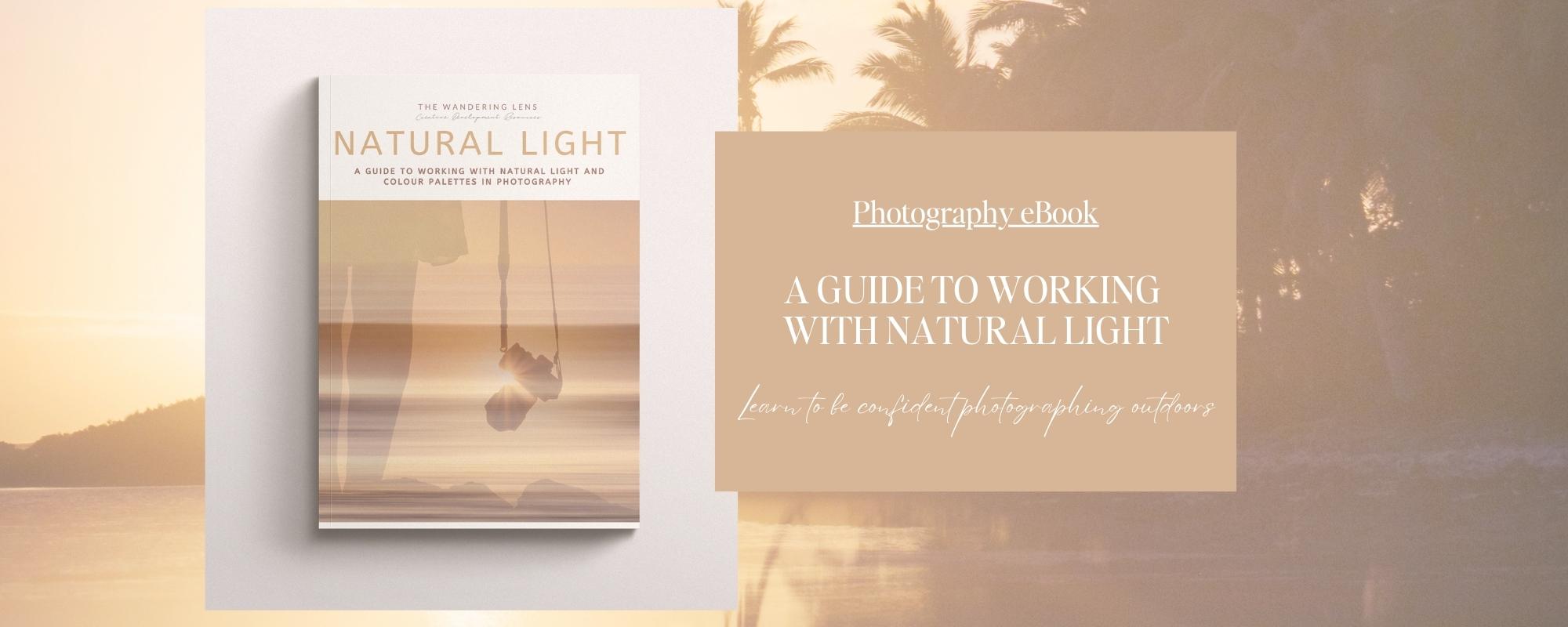
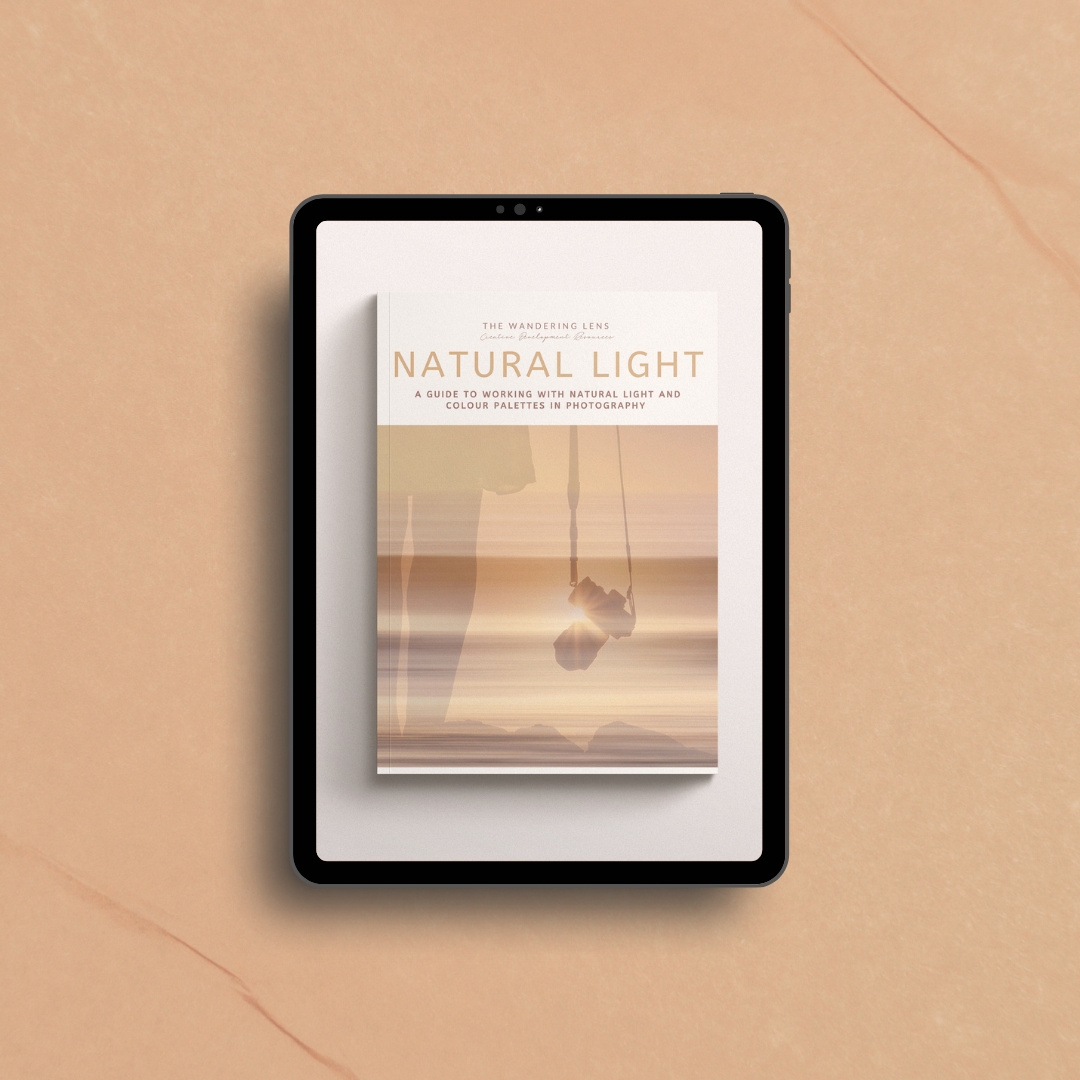
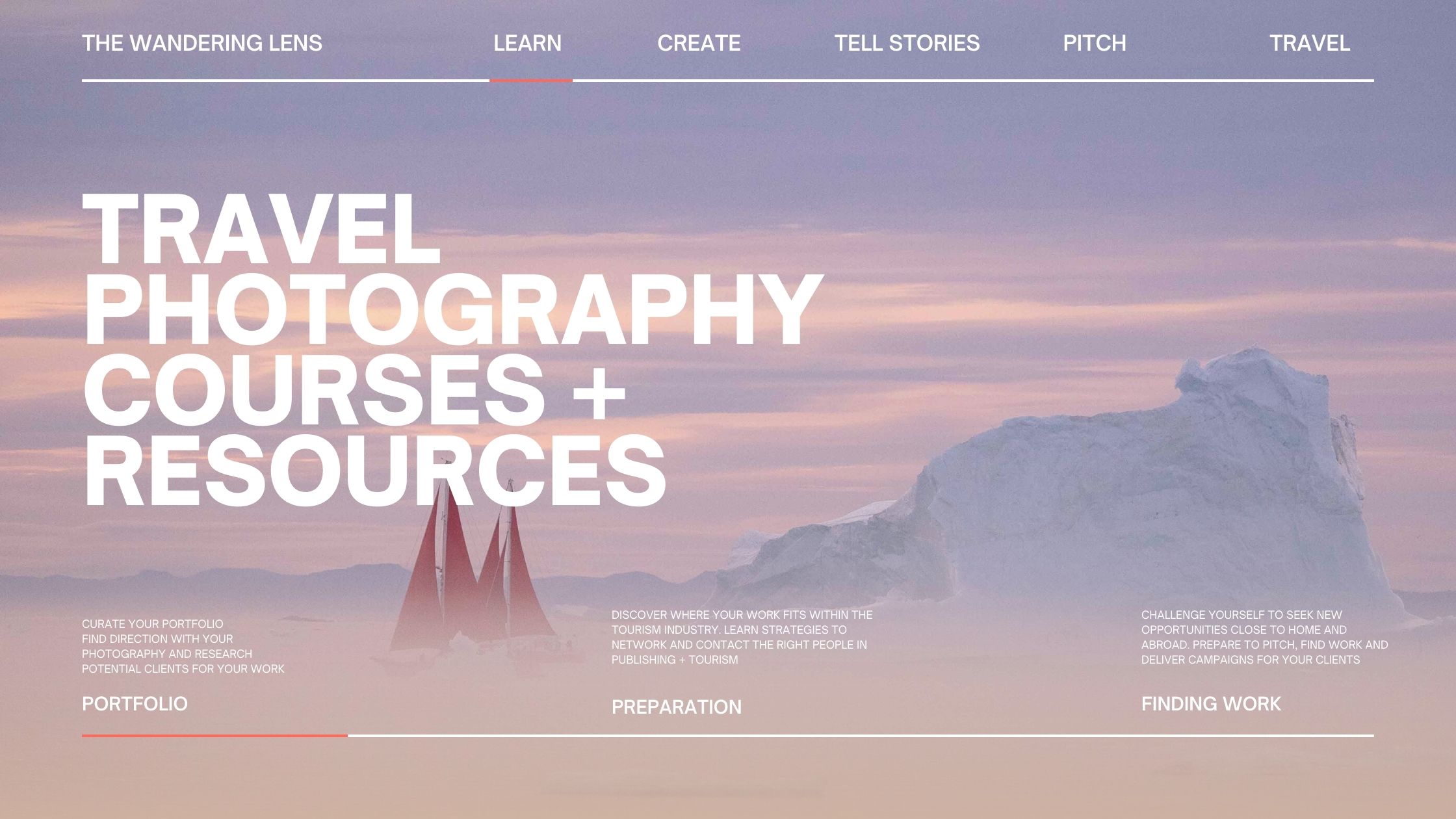
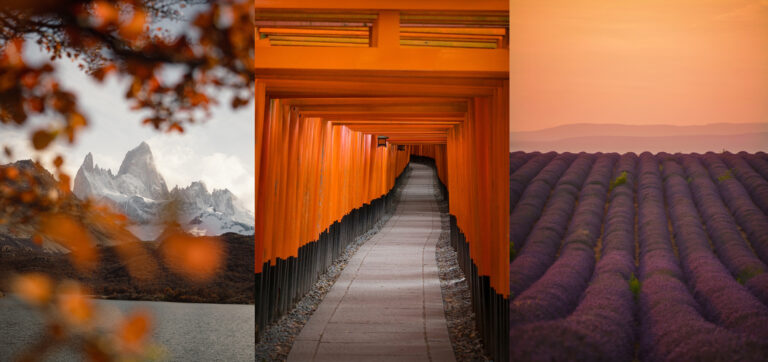
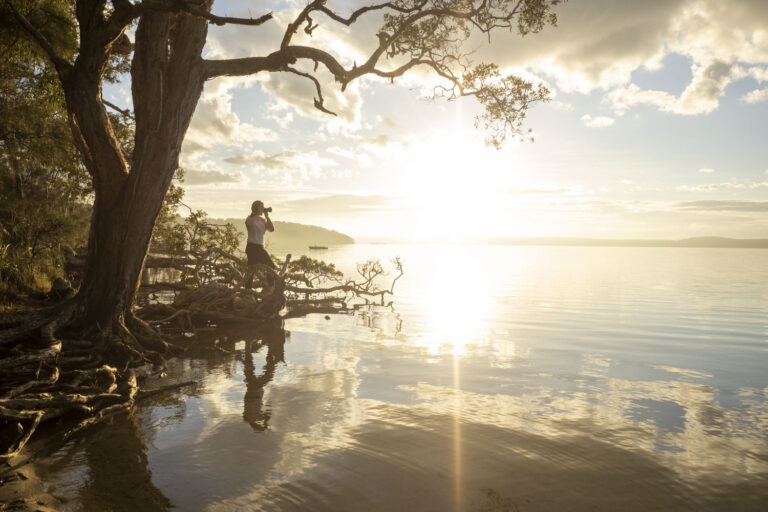
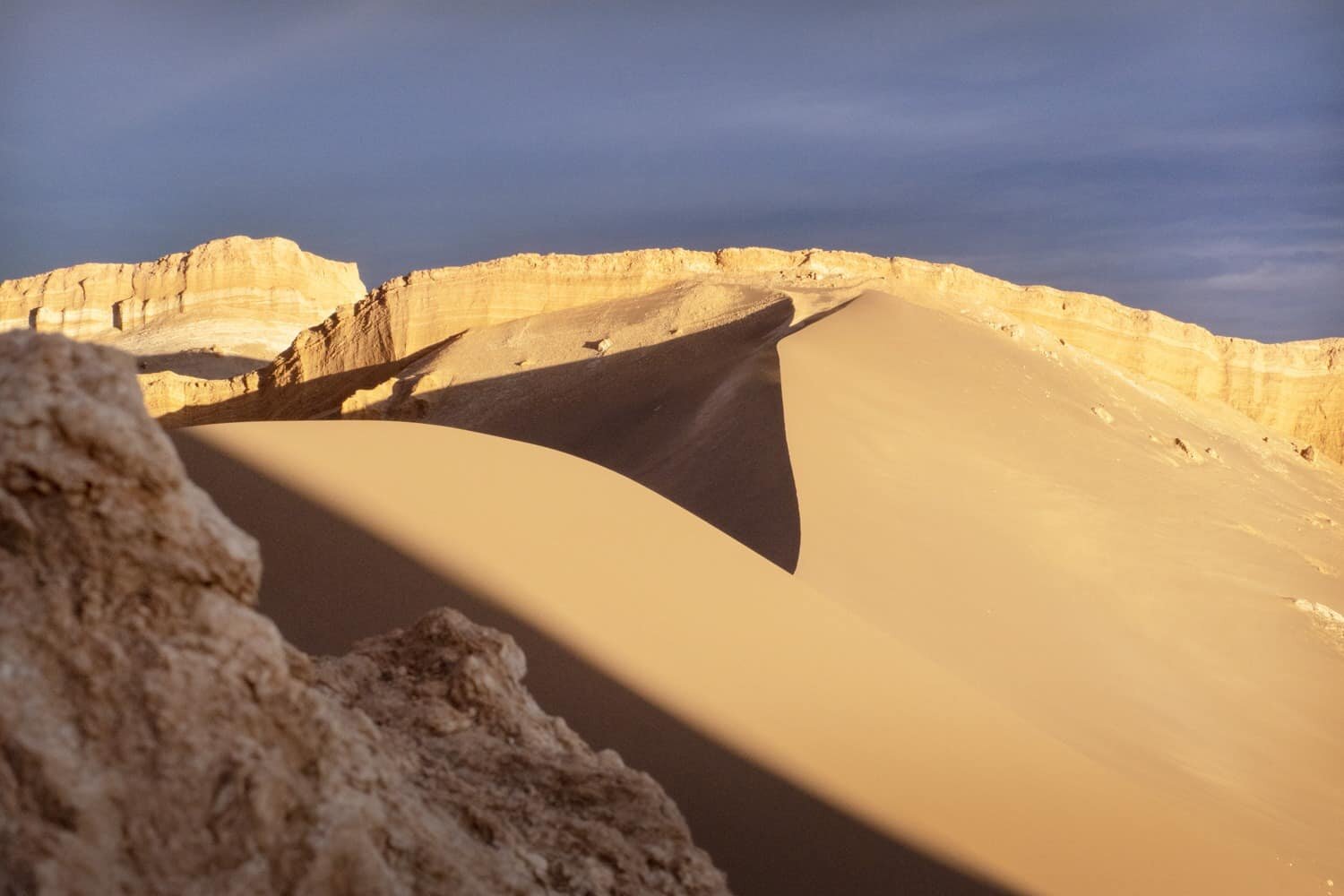
Blog Comments
Nicole
March 14, 2017 at 6:27 am
So you are saying I should get up for sunrise at least once in my life? haha
thewanderinglens
March 31, 2017 at 12:49 am
I’m with you for the sleeping in! But I recommend definitely trying it at least once 😉
tess
March 16, 2017 at 1:23 pm
Thank you for breaking it down into easier to understand bits. i struggle with remembering settings so this is truly helpful. Beautiful photos are very inspiring. Thanks for sharing.
thewanderinglens
March 17, 2017 at 4:42 pm
So happy to hear it’s helpful Tess 🙂
Marlena
March 24, 2017 at 2:29 pm
Thanks for the tip about white balance, I always struggle to get the warm colours so it’s good to know I can change this! Love your site by the way 🙂
thewanderinglens
March 31, 2017 at 12:55 am
Thanks so much Marlena! Where are you reading from? Definitely give the white balance trick a try, it really changes the tones and pumps out those beautiful warm colours of sunrise!
Norm Yeo
October 2, 2017 at 7:52 am
Does it make a difference where I focus? It seems that where I focus on effects the colors i get, why. I’m using your setting but can get totally different photos depending where I focus? Help!
Expat Photographer
November 20, 2017 at 5:41 pm
Another great article, thanks.
thewanderinglens
December 3, 2017 at 3:59 pm
Great to hear it’s helpful 🙂
Fotograf Nunta Bucuresti
October 31, 2019 at 2:53 am
This was really helpful. Thanks for the tips!
Kristy Lynch
January 15, 2020 at 7:43 am
I’m thrilled to find a website with such specifics for camera settings. Awesome way to get me started and on track for taking my own “Professional” shots…. Thankyou so much
Kathy
February 24, 2020 at 10:03 am
Thanks for the very helpful advice. I do have one question. How are you shooting hand held at such slow shutter speeds?
Thanks:)
Lisa Michele Burns
February 24, 2020 at 7:04 pm
Hi Kathy, great to hear you found the article helpful. I photograph with the Olympus system so shooting hand-held is possible due to the built in stability. I did manage to shoot hand-held with my old Nikon by standing very still or balancing the camera on something solid however it definitely wasn’t as easy.
CHASSE SAUVAGE Photography
March 21, 2020 at 4:19 am
This was really helpful. Thanks for the tips!
Fotograf nunta Brasov
April 8, 2020 at 9:05 pm
great images. Superb colors and great overall tips. Thanks a lot!
Fotograf nunta
April 28, 2020 at 10:53 am
This article helped me a lot! Thank you very much!
fotograf nunta Bucuresti
May 5, 2020 at 11:37 am
nice pictures! Thank you!
glass door fridge
June 12, 2020 at 12:46 am
A lot of interesting info. Great!
warren ganser
September 7, 2020 at 9:20 pm
I am blessed to be a photographer in Spain, I live right next to the sea so I will be using your tips for a few morning photo sessions!
Thanks
Lisa Michele Burns
September 9, 2020 at 9:07 pm
Great to hear Warren, enjoy your mornings by the sea!
Natalaya
October 30, 2020 at 5:56 am
I’m a big fan of early morning photography and images.
Fotograf nunta Timisoara
June 1, 2021 at 9:47 pm
Another great article! Thanks for sharing!
Fotograf nunta Timisoara
June 9, 2021 at 6:47 pm
Great article! Helps a lot! Thanks!
Haverford Flyer
June 15, 2021 at 12:28 am
Early morning photography shots produce the best lighting and an amazing feeling while shooting them 🙂
PAUL HOCK
June 15, 2021 at 6:19 am
Wow, Great Photography. The white balance is perfect. I like your photos. keep working
Fotograf nunta Ploiesti
July 1, 2021 at 5:43 pm
I love those colors!
Mutuelle Matmut
July 12, 2021 at 8:02 pm
Thanks for sharing such valuable content. I really like the tips that you provide and I have been following your blog for quite some time now.
robux gratuit
July 12, 2021 at 8:06 pm
Thank you a lot for giving everyone a very remarkable opportunity to read the article about
Sandy Solanki
November 14, 2021 at 3:07 am
Nice article, Thanks for share with us
Shayari Hindi
December 5, 2021 at 5:11 am
Brillant Information. Thank You.
taley
April 10, 2022 at 2:51 am
Your article is so informative, thanks for sharing this with us.
Jac Billington
August 30, 2023 at 8:41 pm
Thank you for giving so much detail. I’m just on the cusp of buying a (not my iphone) camera and taking photography more seriously and came across this blog whilst googling camera tips/ recommendations for low light. I’m very much a dawn bird! I’ll take some classes once I have a camera but knowing what to buy is tricky. Thank you!
Lisa Michele Burns
September 1, 2023 at 8:36 pm
You’re very lucky you’re a dawn bird Jac, I’m the opposite so sunrise shoots are always a struggle haha. Until the inspiration takes over that is 🙂 Happy camera shopping, always opt for a camera that feels right for you to hold, explore and experiment with!
Happysouls
February 20, 2025 at 7:50 am
Sunrise photography is always a challenge, but also so rewarding. Your tips are super helpful – I’ll be testing them on my next shoot!